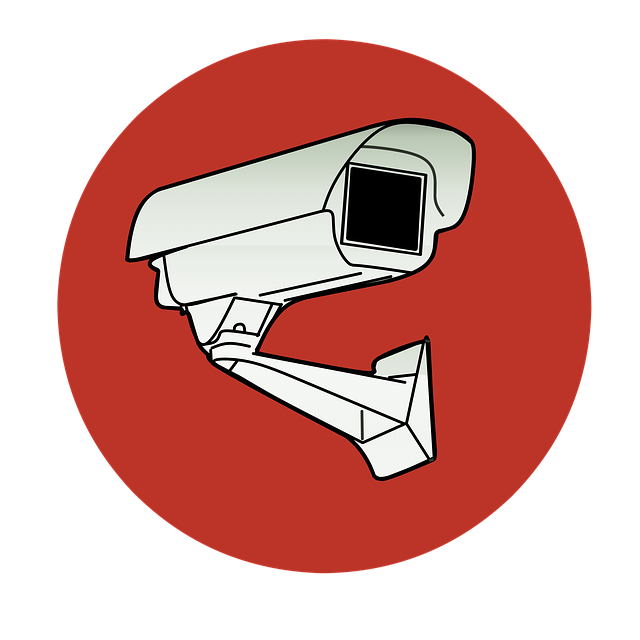Securing business meetings is vital due to sensitive discussions and intellectual property risks. Real-time monitoring systems, coupled with advanced analytics and AI, offer proactive threat detection and mitigation. Tailored security services include risk assessments, access control, and vigilant personnel. Employee training on safety protocols and regular drills further enhance meeting security. Successful implementations in large corporations and tech startups demonstrate real-time monitoring's effectiveness against evolving cyber threats, ensuring safe and productive business gatherings.
In today’s digital age, ensuring safety at business meetings is non-negotiable. Real-time monitoring of potential security risks near meeting locations has become an essential component of comprehensive security services. This article delves into the critical need for such proactive measures, offering insights on implementing robust security protocols both before and during gatherings. We explore technology’s role in risk assessment and emphasize employee training as a cornerstone of effective safety strategies. Additionally, case studies highlight successful real-time monitoring initiatives, showcasing their impact on fostering secure environments for business meetings.
Understanding the Need for Real-Time Monitoring
In today’s digital era, where business meetings often involve sensitive discussions and valuable intellectual property, ensuring a secure environment is paramount. Traditional security measures may fall short when it comes to real-time protection, leaving potential risks unaddressed. This is where real-time monitoring steps in as an indispensable tool for safeguarding business meetings and events.
By leveraging advanced technology, security services can now offer comprehensive coverage, detecting and mitigating threats instantly. This includes identifying suspicious activities, unauthorized access attempts, or any unusual patterns that could indicate potential hazards. With real-time data analysis, security professionals can swiftly respond to emerging risks, providing an added layer of protection for valuable assets and personnel during meetings.
Implementing Effective Security Measures Before and During Meetings
Implementing robust security measures before, during, and after business meetings is paramount to ensuring a safe environment for all attendees. One of the primary steps is integrating real-time monitoring systems that can detect potential risks in the vicinity of meeting locations. These advanced technologies provide an early warning system for any suspicious activities or unusual behavior, allowing organizers to take prompt action.
Security services tailored for business meetings go beyond basic surveillance. They involve a comprehensive approach, including risk assessments, access control, and discreet yet vigilant personnel. By combining cutting-edge technology with well-trained professionals, organizations can mitigate various threats, from physical harm to data breaches, ensuring that meetings are not just productive but also secure.
Utilizing Technology for Proactive Risk Assessment
In today’s digital era, leveraging technology for proactive risk assessment is an indispensable practice for ensuring secure business meetings. Innovative solutions like real-time monitoring systems equip event organizers with powerful tools to anticipate and mitigate potential security risks. By integrating advanced analytics and data feeds, these platforms can detect anomalies and suspicious activities in the vicinity of meeting locations, enabling swift responses from dedicated security services for business meetings.
This technology goes beyond traditional security measures by offering a comprehensive, dynamic approach. It allows organizers to stay one step ahead of evolving threats, ensuring the safety and peace of mind of all attendees. With proactive risk assessment, businesses can transform their meeting spaces into secure environments, fostering an atmosphere where participants can focus on discussions without worrying about potential hazards.
Training Employees on Safety Protocols
Training employees on safety protocols is an integral part of any comprehensive security strategy, especially when organizing business meetings in public spaces. It involves educating staff and attendees about potential risks and empowering them to recognize and respond to suspicious activities. This training should cover various scenarios, such as identifying unusual behavior, reporting security incidents, and following emergency procedures. By conducting regular drills and simulations, organizations can ensure that everyone involved knows their role during an actual security event.
When implementing these protocols, it’s crucial to make the training interactive and engaging to encourage active participation. This can include role-playing exercises, where employees practice handling different security situations, and providing clear guidelines on what to do before, during, and after a potential threat is identified. With proper training, businesses can enhance their overall security posture and effectively manage risks associated with real-time monitoring at meeting locations.
Case Studies: Successful Real-Time Monitoring in Action
Real-time monitoring has proven to be an invaluable tool in enhancing the security of business meetings and events. Case studies from various organizations highlight its effectiveness. For instance, a large international corporation conducting regular investor meetings implemented a real-time monitoring system that integrated advanced analytics and AI. This initiative allowed them to detect and mitigate potential threats, such as unauthorized access attempts or suspicious activities within the meeting venue, well before they could escalate.
Another successful story comes from a mid-sized tech startup hosting conferences on emerging technologies. By leveraging real-time monitoring solutions, they were able to track and analyze large amounts of data generated by attendees’ devices, identify unusual patterns indicative of potential security risks, and promptly respond to them. This proactive approach significantly boosted the overall security posture of their events, ensuring a safe environment for all participants, especially in light of the evolving threat landscape that includes sophisticated cyberattacks targeting business meetings and conferences.
Real-time monitoring of potential security risks near meeting locations has become an indispensable practice for ensuring the safety and security of business meetings. By integrating technology, implementing robust protocols, and training employees, organizations can proactively mitigate threats and foster a secure environment. As highlighted in our case studies, these measures significantly enhance incident response times and overall event safety, making it a game-changer for securing business gatherings. When partnered with effective security planning, real-time monitoring serves as a powerful tool for safeguarding people and assets, ultimately contributing to the success of any meeting or event.
